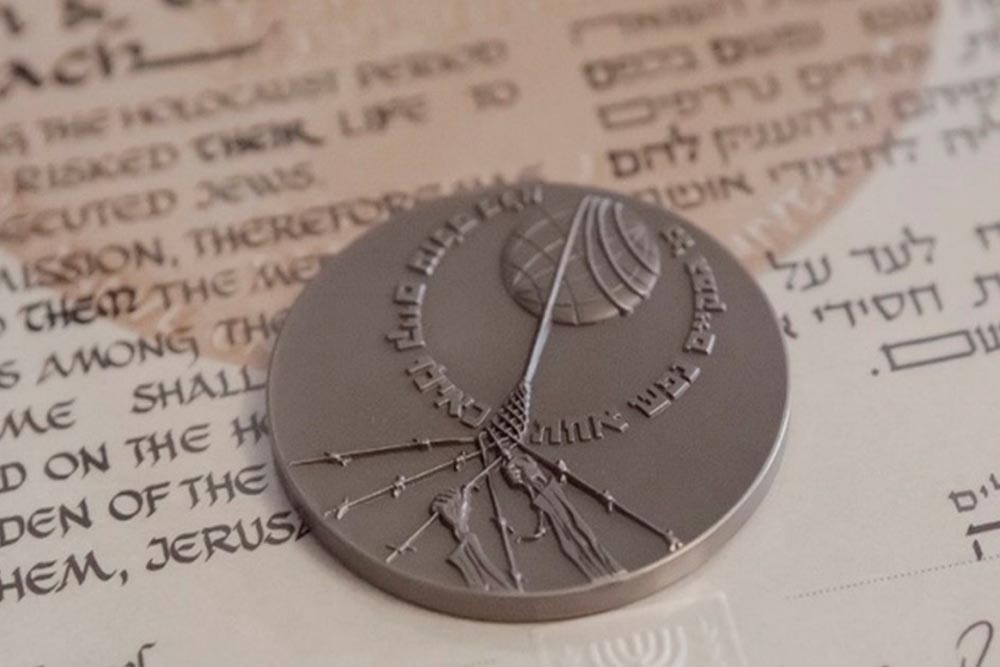Bank of Portraits / Hrokholskyi Kostiantyn and Paraska

Hrokholskyi Kostiantyn and Paraska
Kostiantyn and Paraska Hrokholskyi lived in the village of Volosha, near the village of Stepan in the Rivne region. During the Holocaust, the couple hid persecuted people in their apartment.
With the arrival of the Nazis, the Jewish population suffered significant losses. The German occupation authorities drove all the Jews of the village of Stepan into a ghetto organized on the territory of the synagogue. In August 1941, its inhabitants were staged to the Kostopil district and shot near the village of Korchivia. Someone managed to escape into the forest along the way.
17-year-old Sonia Viner and 16-year-old Mariia Berher met in the thickets, both confused and shocked by what they had to go through. Mariia insisted on returning to the village, hoping to find friends there and hide. Sonia, on the contrary, felt safer in the forest slums. The girls did not find a common language and went on different paths. Not far from the village, Mariia was grabbed by unknown people, beaten and raped, leaving her unconscious by a pond. In the morning, the local Baptist Hordii Bahnii accidentally found her. The man took the girl home, bandaged her wounds and gave her time to recover. Although he was wary of leaving a Jewish woman with him for a long time, he gave her warm clothes, some food and took her to the forest.
With the onset of frost, Mariia went to the farm near the village of Volosha and knocked on the only house. Paraska Hrokholska opened the door and let her stay the night. The Hrokholskyi family's hut stood under the forest, the couple with their 10-year-old son Oleksandr lived alone, and strangers almost never came to it, especially in winter. Meeting with Sonia Viner was a big surprise for Mariia. As it turned out, she found refuge with the Hrokholskyi family almost immediately after escaping from the firing squad. Mariia and Sonia took over part of the work, plowed a small farm, thanks to which the family survived. In the spring of 1943, partisans began to appear in the forests, and Sonia decided to join them. Meanwhile, Mariia, taught by bitter experience, stayed on the farm for some time. However, the local police rushed there with a search. Kostiantyn managed to hide the Jewish woman in a grain barrel so deep that the bayonet with which they pierced the wheat only scratched Mariia's shoulder. When the search was over, the Jewish woman was taken out of the barrel, half-conscious from fear. It became clear: if the girls continue to stay in the family of peasants, it will be dangerous for everyone. Therefore, Konstiantyn took Mariia to the forest, where she waited for the Nazis to be expelled from the area.
After the war, Mariia Berher got married, moved to Poland, and later to Israel. Sonia Viner lived in Germany for some time, and then moved to Australia.
In 2009, Yad Vashem recognized Kostiantyn and Paraska Hrokholskyi as Righteous Among the Nations.
Svitlana Datsenko
Kyiv
National museum of the History of Ukraine in the Second World War
-
fingerprintArtefacts
-
theatersVideo
-
subjectLibrary
